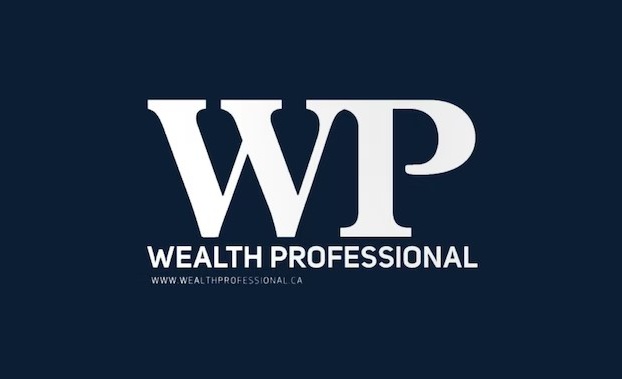Due diligence leads to success with advisors moving to Independents
Author: Sarah Mawji | November 16, 2021
The upward trend in seasoned advisors moving to independent firms as of late is proof that the innovative and agile nature of the independent model is conducive to a growth environment, and for advisors with large books, ambitious teams and for those who are ready to level up – the opportunities can be endless.
It’s a proven fact that independent firms can provide a much greater sense of autonomy. Some independents offer higher payouts compared to legacy financial institutions and others provide extremely progressive infrastructure in terms of both back-office support and financial technology. This built-in ability to service high-performing senior advisors especially at firms like Harbourfront – created for advisors by advisors – is causing a stir now more than ever as the onset of COVID-19 revealed the well-known but hushed issues of the archaic model that had been dominating the Canadian wealth management industry for decades. One of the largest advantages of joining an advisor-owned firm is having skin in the game but you need to be at the right independent to reap true rewards.
The differences between banks and independents are well understood but still yet to be fully recognized are the major differences between independents themselves.
A fairly reasonable but not necessarily “in your best interest” move that is surfacing as a pattern is the follow-the-leader effect in that, advisors tend to follow colleagues to the independents they’ve joined not because they believe it is the best choice for them but because they assume it is the best choice. For obvious reasons, there are many issues with this approach.
Curtailing your own growth by foregoing due diligence
is a recipe for disaster and Harbourfront’s CEO, Danny Popescu, strongly advises against this.
Though the foundational structure of independents may be similar, there are many important aspects for advisors to consider as “make it or break it” propositions.
Here’s what you really need to look out for –
While some independents offer partnership opportunities to prospective advisors, it’s a market out there and not all independent dealer equity offerings are created equal. Here are the top two mistakes we see and how to avoid them:
Profits over AUM, all day, every day.
Don’t conclude that a firm is profitable just because it advertises a high AUM (asset under management).
Danny Popescu explains the value in your equity comes from the firm’s future cash flows (the profits) and unfortunately, firms that derive their revenues primarily from their IIROC dealerships which operate on thin margins. If you want to get into the hotel business, you’re not going to invest in a hotel with 1000 rooms just because it is the largest hotel. It would be smarter to invest in a hotel with 300 rooms if that business is more profitable.
Late entry.
If you’re looking for your firm ownership equity to grow, should you join a dealer with $20 billion in AUM or $5 billion in AUM? The $20 billion firm needs to reach $40 billion for your equity value to approximately double as opposed to only $10 billion by joining the lower AUM firm.
To understand some of the common questions advisors ask before transitioning into Partnership, and to better understand what Harbourfront has to offer, take a look at our Partnership Guide.
There is much more upside at a firm with a lower AUM than often realized.
After having sifted through the various equity stakes scenarios, dividends are next to become top of mind. While some firms do pay dividends as a byproduct of longstanding and continuous healthy profit gains, the majority of independent firms do not pay dividends and cover this up with the convenient argument that they are reinvesting dollars back into the firm – a rather strategic excuse to mask a lack of performance.
Due diligence plays a crucial role in leading advisors towards successful outcomes as it uncovers the often unrealized potential of some choices and the disadvantages of others.
Want to learn more about partnership? Download the Partnership Guide


Market and Economic Insights – Q2 2025
7 July 2025